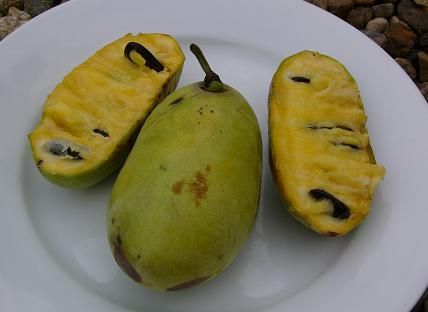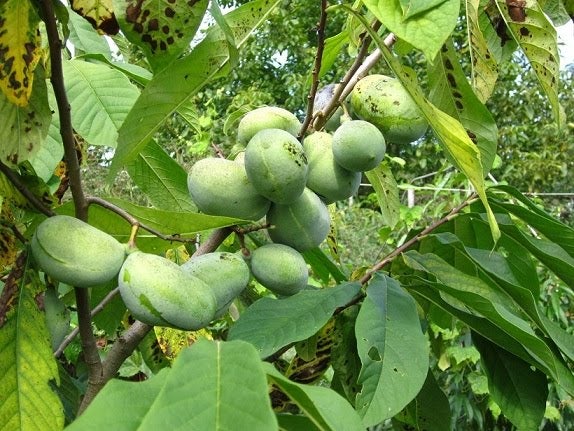Pawpaw: The forgotten native fruit
Published 8:26 am Tuesday, April 21, 2020
|
Getting your Trinity Audio player ready...
|
Yards to Paradise
by Max Phelps
Pawpaws are a relative of the papaya and are the largest fruits that are native to America. Found in rich bottom lands and at woods edges from Ontario to Florida and west to Texas and Nebraska; let’s take a fresh look at the forgotten pawpaw patch tree and its fruit.
Historically, these fruits were enjoyed by natives and frontiersmen, they are relatively unknown except to perhaps the kayaker, fisherman or a few old farmers. The short shelf life keeps it from being a grocery store staple, but the occasional farm market or organic market may offer them in season.
A favorite dessert of George Washington’s and a staple at Thomas Jefferson’s Monticello, the recent movement to grow natural has brought this old-timer some renewed interest.
Pawpaws need some shade in order for the seeds to sprout, and for growth the first year or two. Seeds also need at least 60 to 90 days of chilly weather (or refrigeration) before they will break dormancy, which they then do when it’s 70 or 80 degrees and past freezing weather. Older and larger seedling trees will do just fine in the sun. I think the first ones I saw were growing along a stream after the owner had taken an axe to all the other saplings and brush. Exposed thusly, they grew and fruited abundantly.
Mature trees can be 30 feet tall and six inches in diameter. They have lots of root sprouts and seedlings coming up also to create a “patch” or thicket of pawpaws. If you keep the seedlings mowed or removed, a pawpaw makes a great shade tree. It somewhat resembles a deciduous magnolia with its six to twelve-inch leaves. Burgundy little bells hang in April and May as the tree blooms. In fall the autumn leaf color is a golden yellow. The trees do have a taproot, making transplanting somewhat difficult, so a containerized tree is better than a bare-root or b&b one.
Pawpaws are very high in proteins as well as vitamins A and C, potassium, phosphorus, magnesium and sulphur (more so than apples, oranges, grapes or peaches), plus they have antioxidant and insecticidal properties. They are even being studied as a source of possible cancer fighting drugs. Fruits are usually oval to peanut shaped, mature late summer and early fall and taste somewhat like a banana or avocado or muskmelon. They are loved by humans, as well as raccoons, opossums, deer and several bird species. The larva of the tiger swallowtail butterfly depends on pawpaw leaves for food, but these butterflies aren’t so plentiful as to destroy pawpaw trees or bushes.
For good fruit set, plant more than one variety of pawpaw, or wild ones from more than one parent tree. If there are pawpaws in a neighbor’s yard, or along the woods edge, you may get fruit without planting two with different genetics. Actually, planting two or three in one planting hole and creating a multi-trunked tree, such as is common with birch trees, is a good idea.
A few more tidbits; the fruits weigh from two or three ounces to around a pound, the seeds are larger than pumpkin or watermelon, and fruit dimensions is usually three to six inches in length and less than half that in diameter. The peel resembles a papaya and is not eaten. The green peel will turn a bit yellowish or whiteish when ripe and give a little when squeezed softly. That’s the time to harvest, as they bruise and will keep only a day or two if they’ve fallen on the ground. (Not that wildlife will leave them lay on the ground more than one night anyhow!) Properly harvested, they can keep two or three weeks in refrigeration. Since there are few pests or diseases, the pawpaw works well for the organic grower and homeowner.
Photos courtesy Clifford England, a source of grafted seedlings. I have a few nongrafted from seeds. And Kentucky State University will give 10 seed from their orchards upon request. www.pawpaw.kysu.edu. Planting a pawpaw at your place can make it a bit more like paradise.
Visit www.rockcastles.net for more information.





